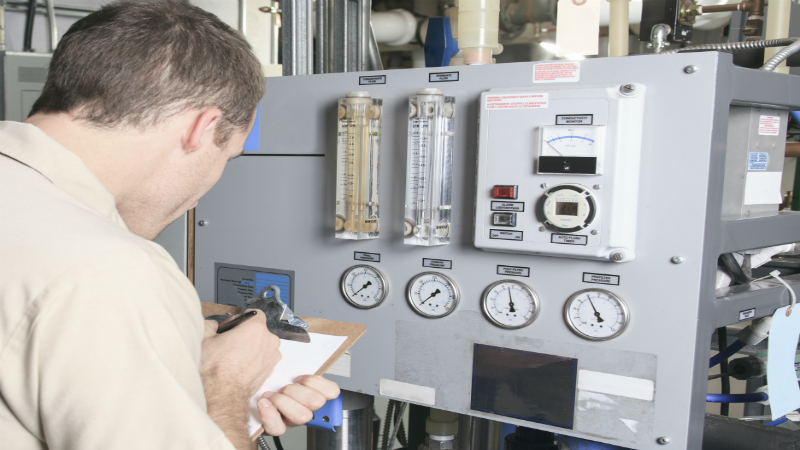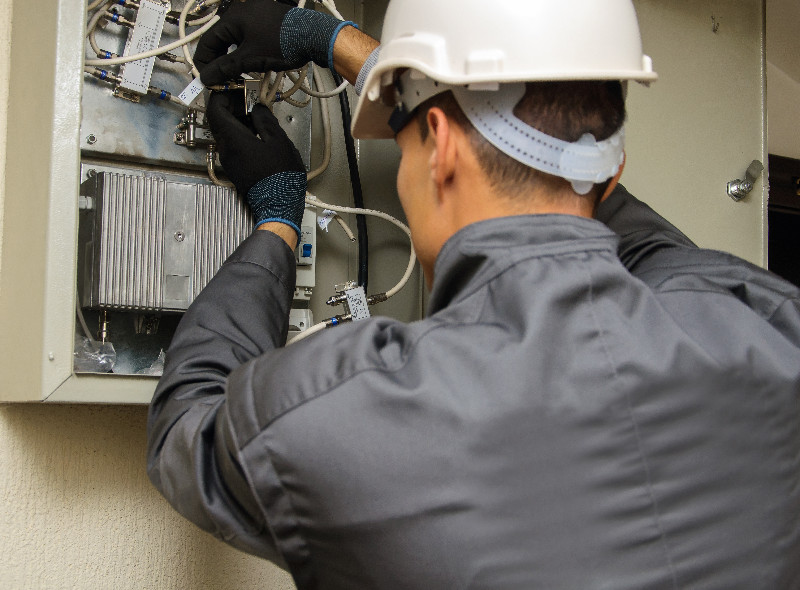A current source can be described as an electronic circuit that delivers or absorbs (sinks) an electric current that is independent of the voltage across it.To understand the constant current source, a good grasp of Ohm’s Law is required. Ohm’s Law (Eqn. 1) relates the voltage (V), current (I) and resistance (R) of electronic components. Voltage is measured in volts (V), current in amperes (A) and resistance in ohms (Ω).
In order for current to be constant, voltage and resistance have to vary proportionally.Theoretically, as the load resistance increases to infinity, the voltage increases to infinity which results in an unlimited supply of power, or energy. Power is measured in watts (W) and related to voltage and current with the following equation.
All electrical components must satisfy Ohm’s law and the power equation. Electronic components have power, current, voltage and frequency response ratings to indicate how much they can withstand without damaging themselves.
The following circuit is an example of a basic DC current source consisting of a voltage source (Vs), resistors (R1 and R2), a zener diode (DZ1), and a bipolar junction transistor (BJT), Q1.
The zener diode is used to maintain the voltage level at the base of the BJT. Using the voltage loop from the base of the BJT to earth ground (see figure 1), the current from the emitter of the BJT can be related using the following equation.
The zener diode keeps voltage V B(voltage at base of BJT) constant and the voltage drop across the BJT, VBE, is constant. The resistance of R2 is also constant and this allows the current IE (emitter current) to be constant. The current through the load, IC, (collector current) is approximately equal to IE, resulting in a constant current operation. R2 is used to control currents through the load.
In the practical world, an ideal constant current source does not exist. Constant current sources are limited by their compliance voltage, within which they can provide and maintain an output current without clipping its output waveform .
The power rating of a constant current source is determined by its maximum output current and the compliance voltage (eqn. 2). For example, if a constant current source outputs 0 – 100 A rms. @ 2V rms. compliance voltage, the power rating of the unit is 200 W.
Most practical industrial applications require powerful constant current sources and basic designs (i.e. fig. 1) are not sufficient. Practical issues also arise when operating current sources at certain frequencies and used to drive inductive or capacitive loads. The issues can be undesired oscillation, overheating, and high distortion, etc. To solve these issues, extensive knowledge and proficient designs are required. Amp-Line Corp.’s (ALC) AC constant current sources are powerful AC constant current sources that can power up highly inductive or highly capacitive loads smoothly.
ALC’s AC constant current sources are rated from 50 W to 1000 W, with single and multiple output channels available. They can also be manufactured for high frequency operations. Click here to learn more.


